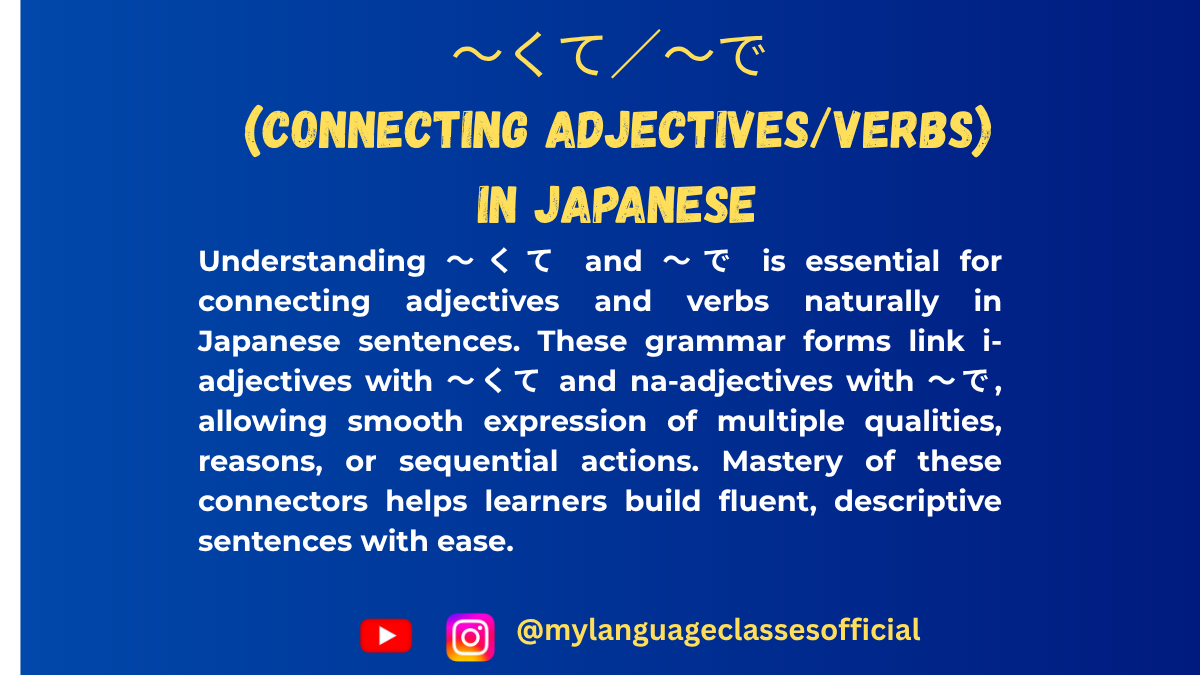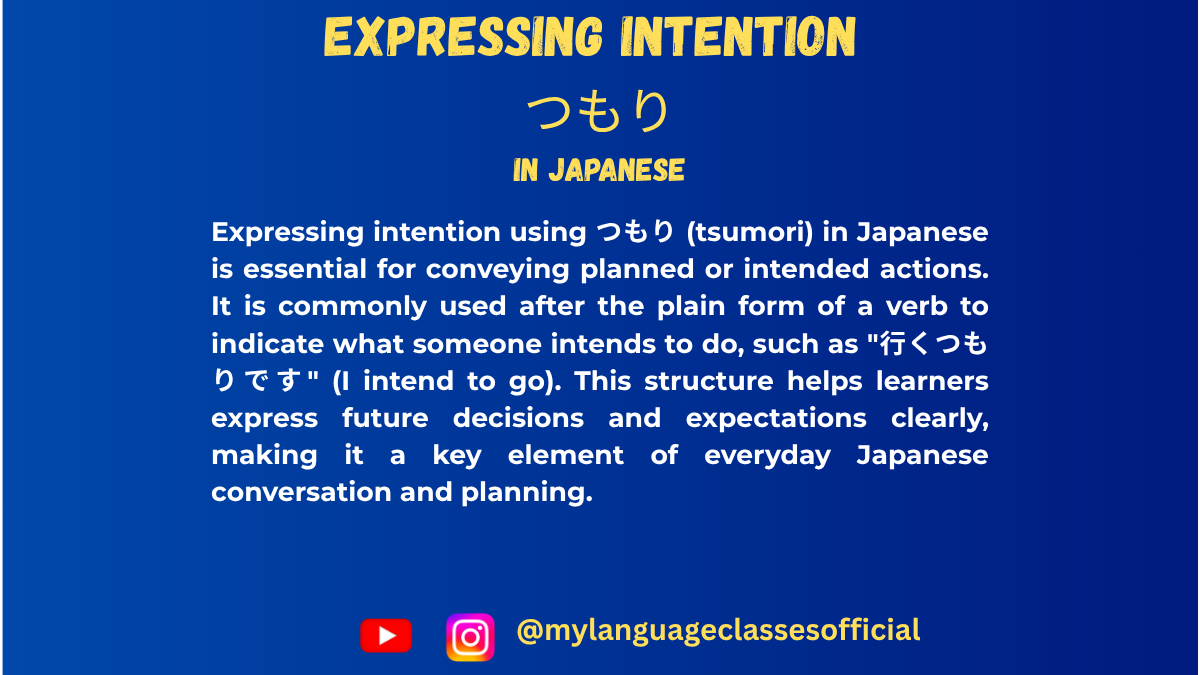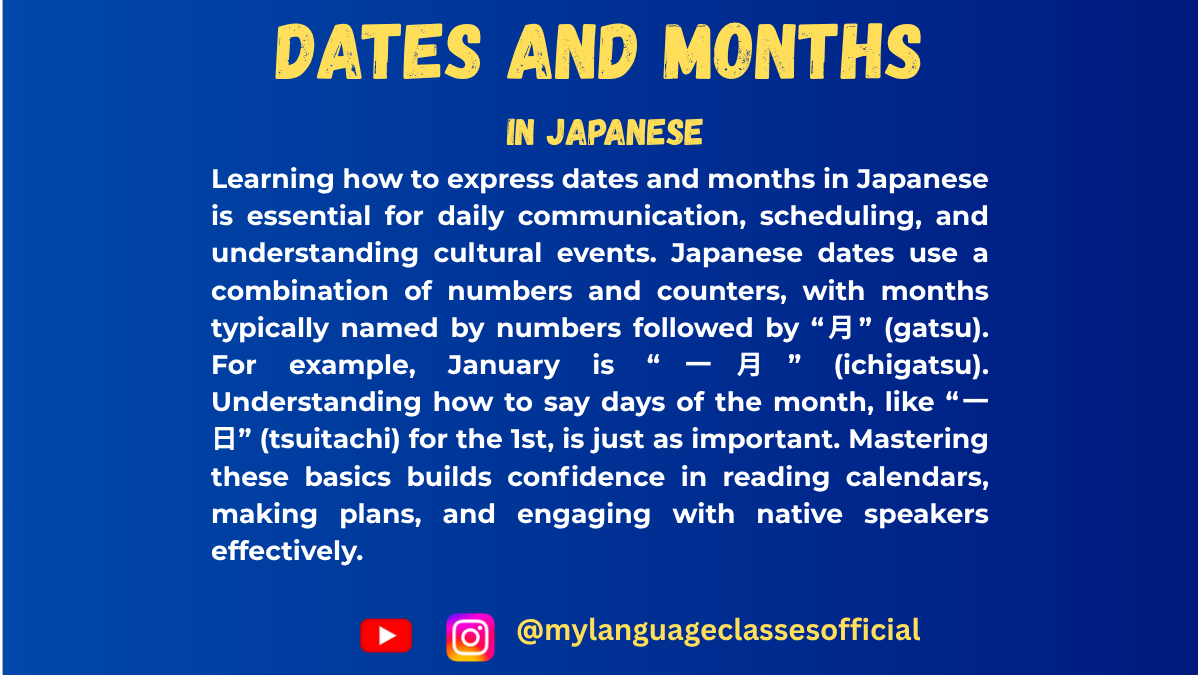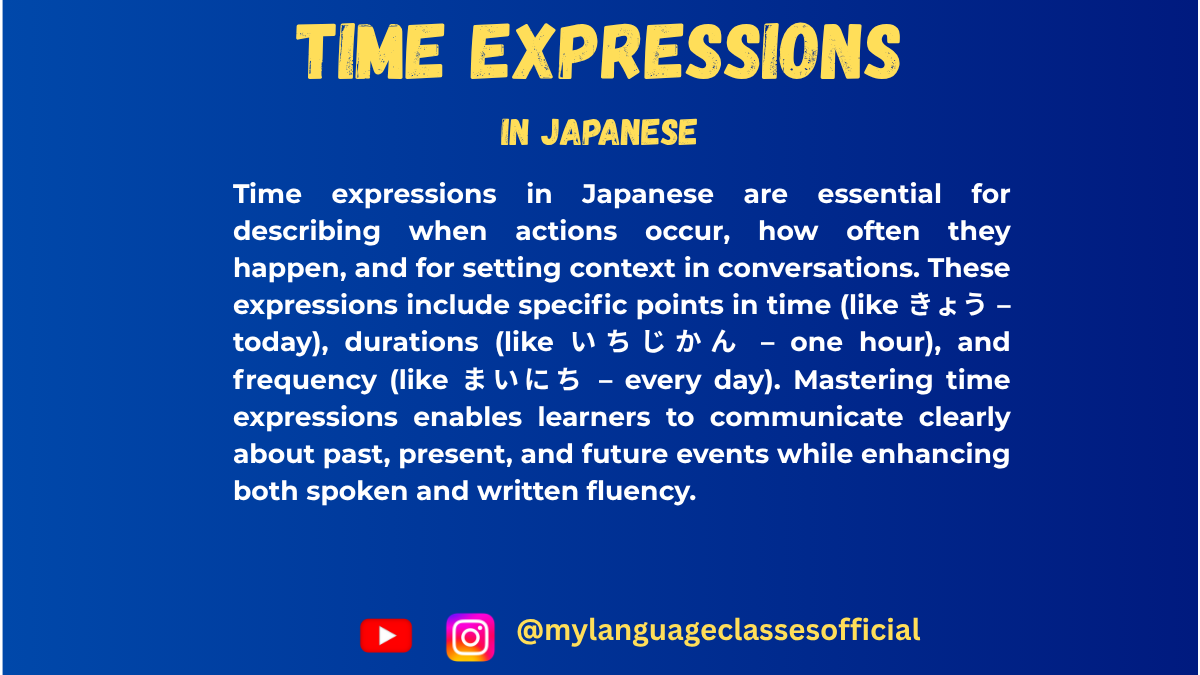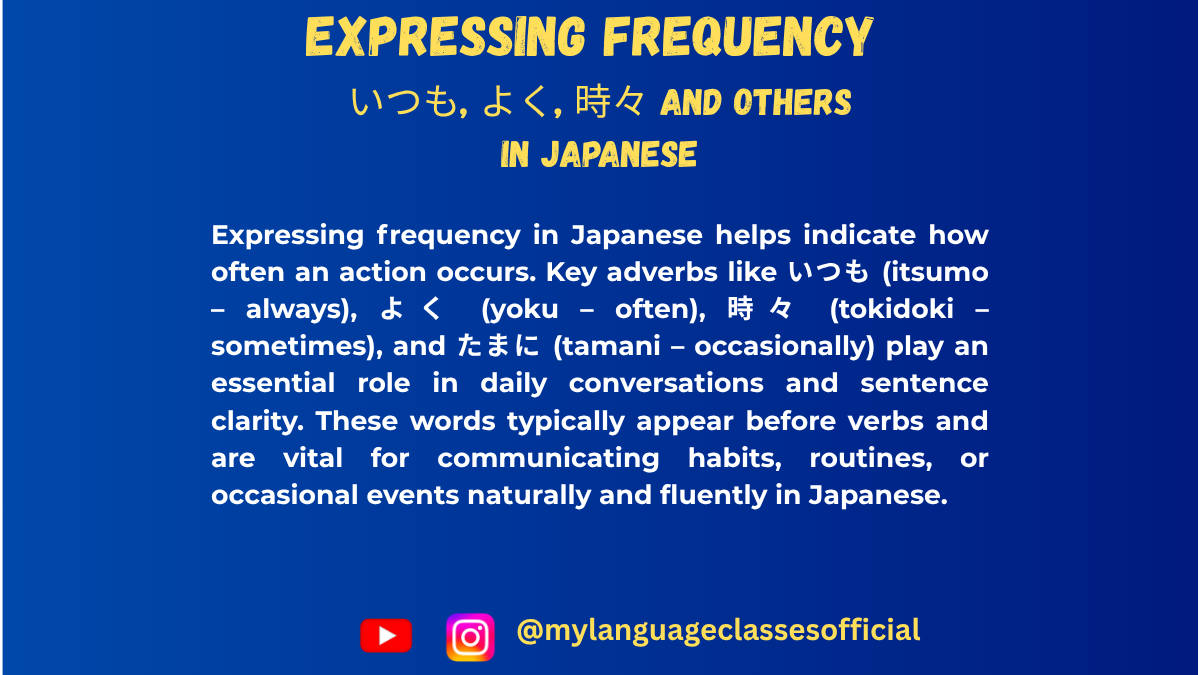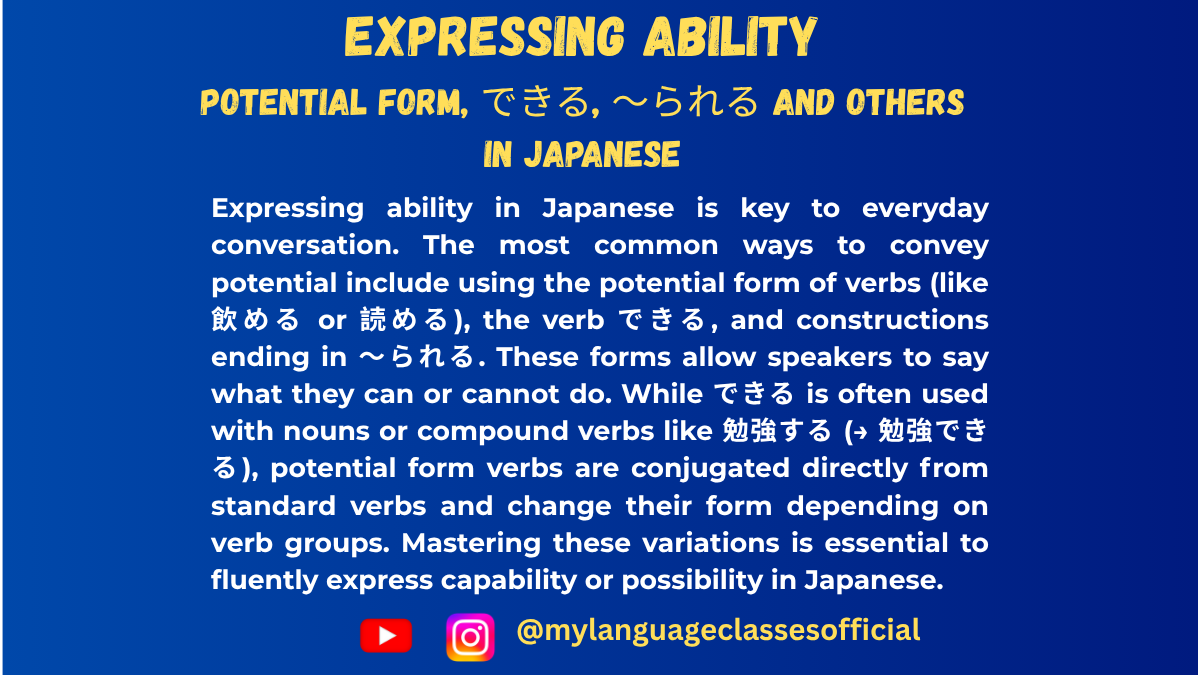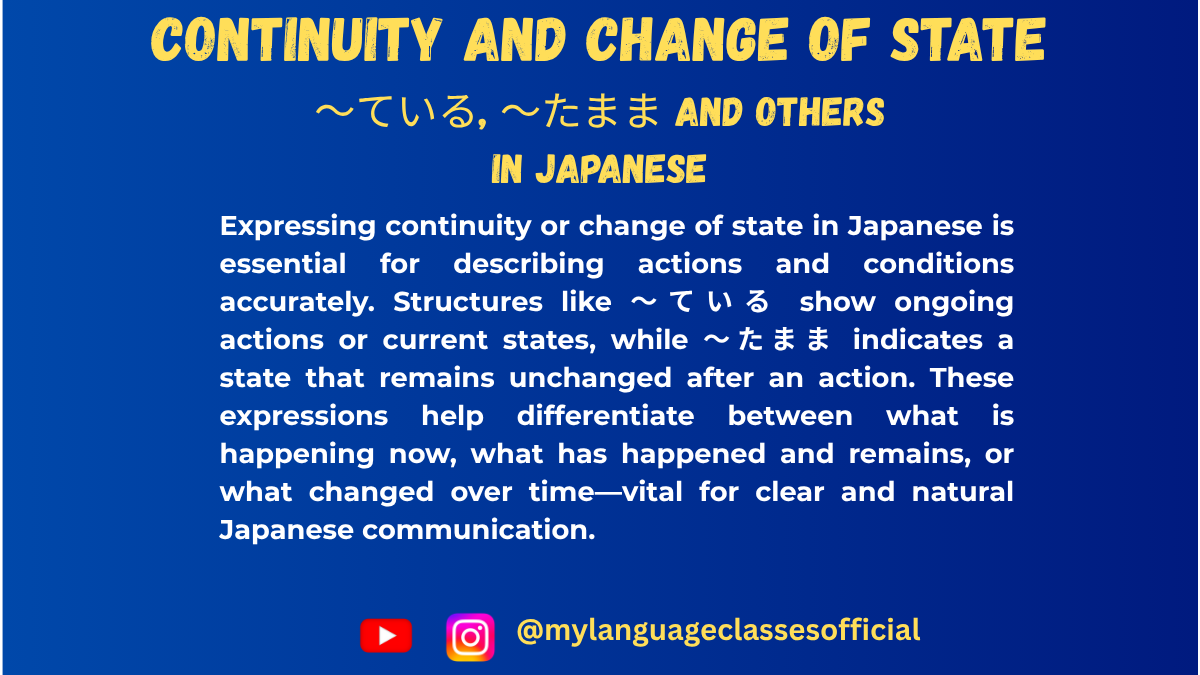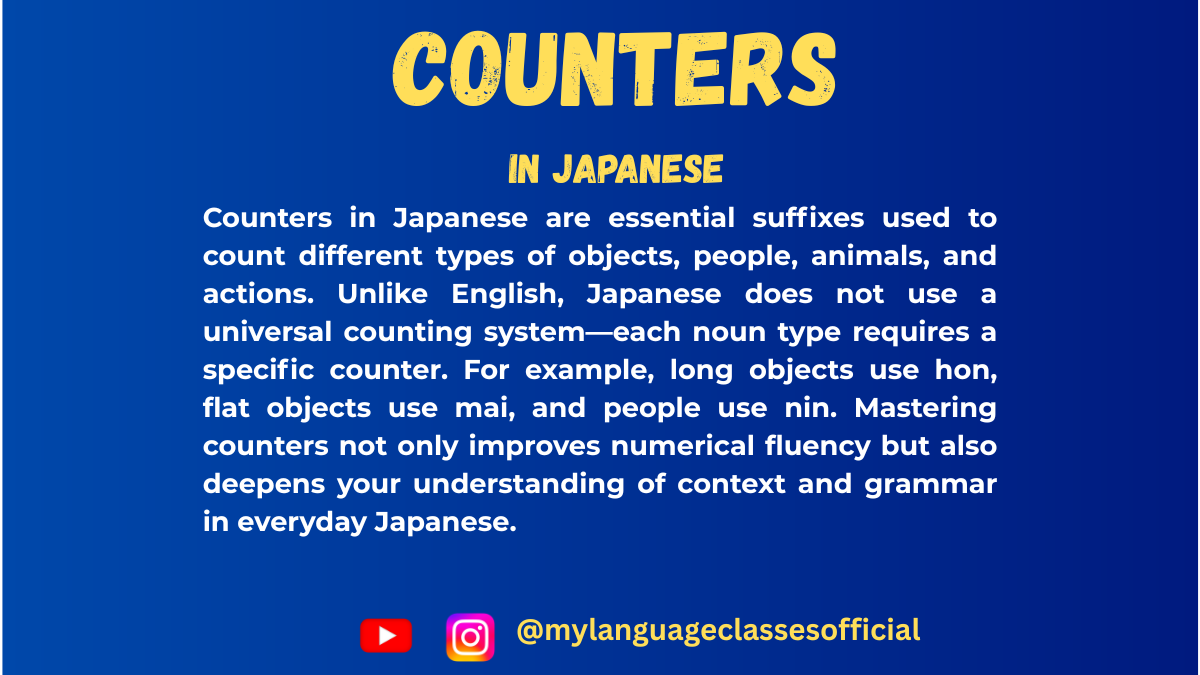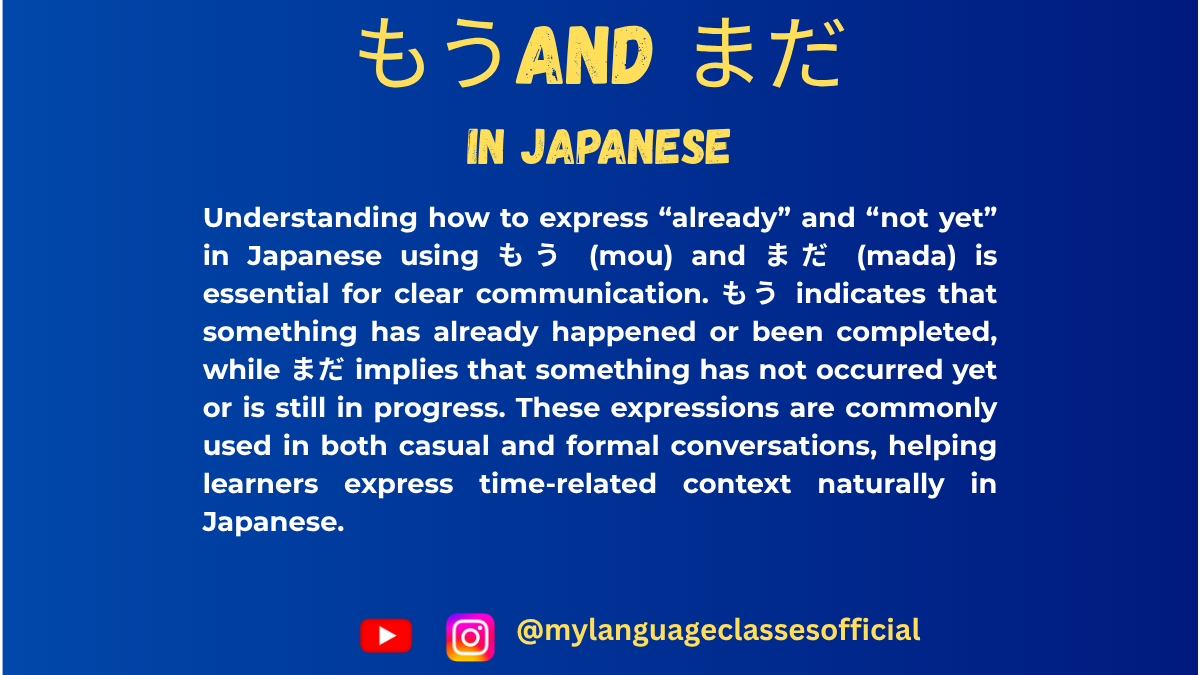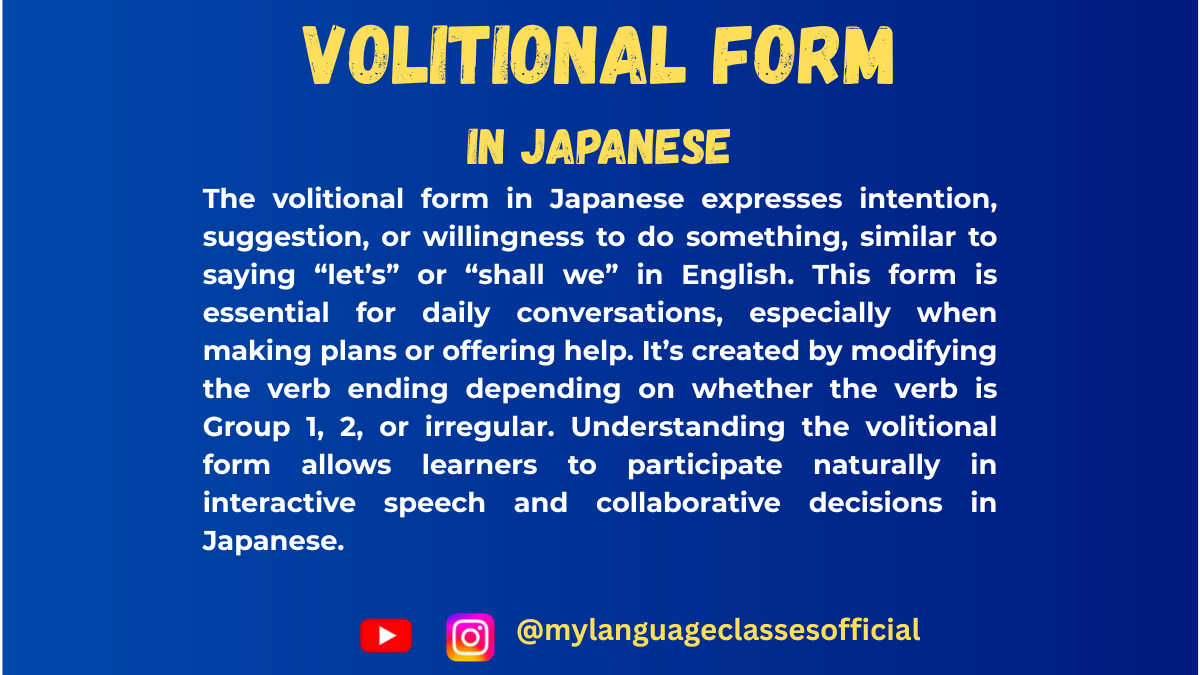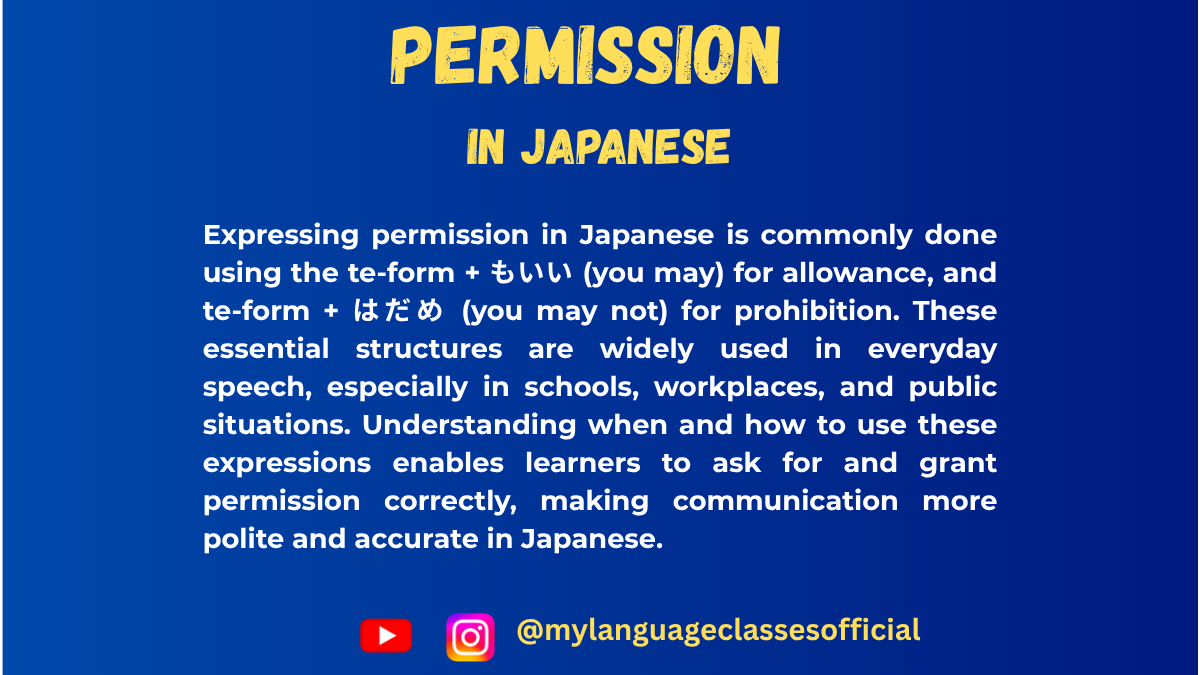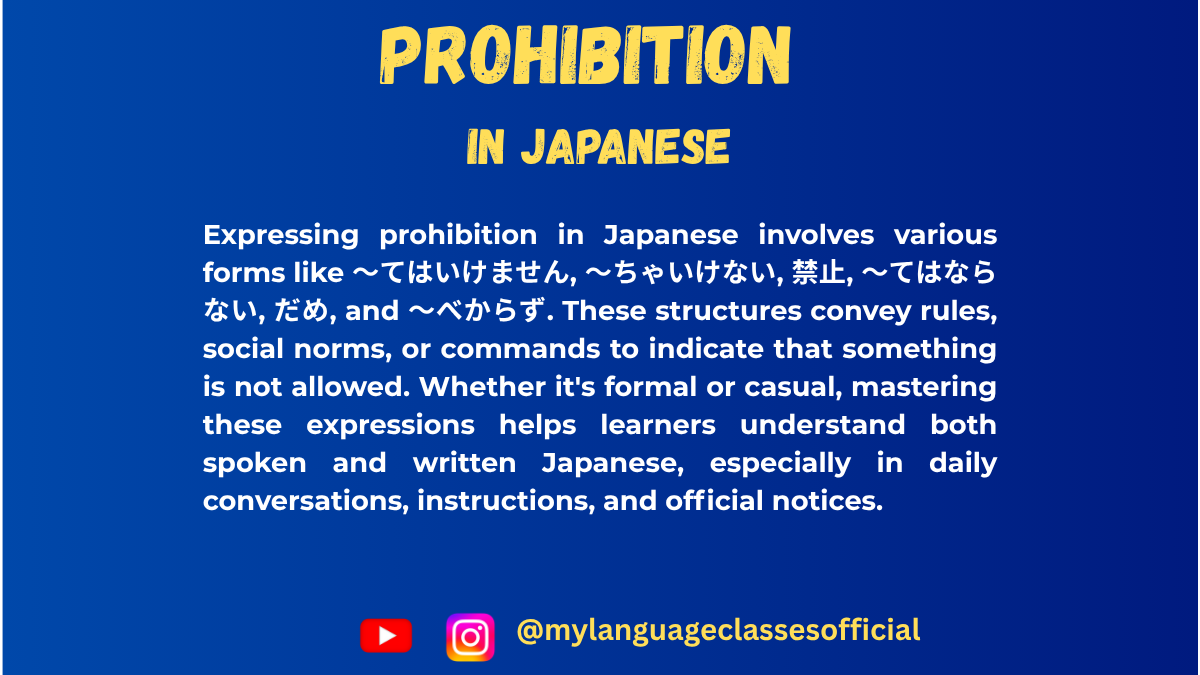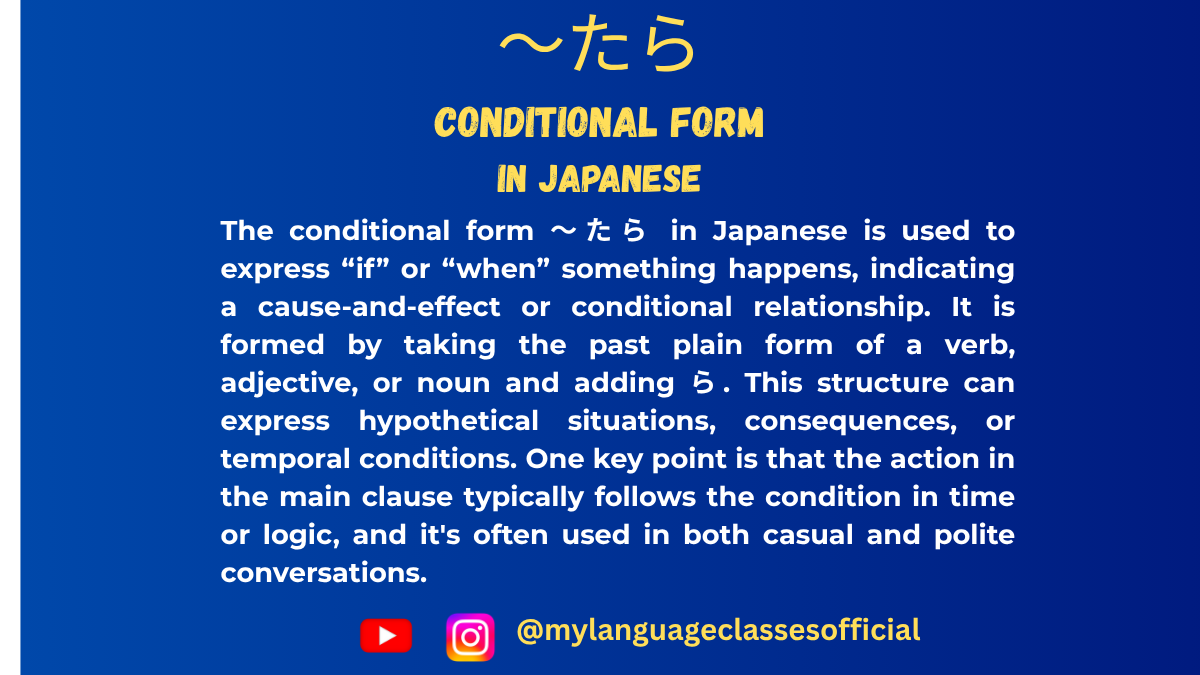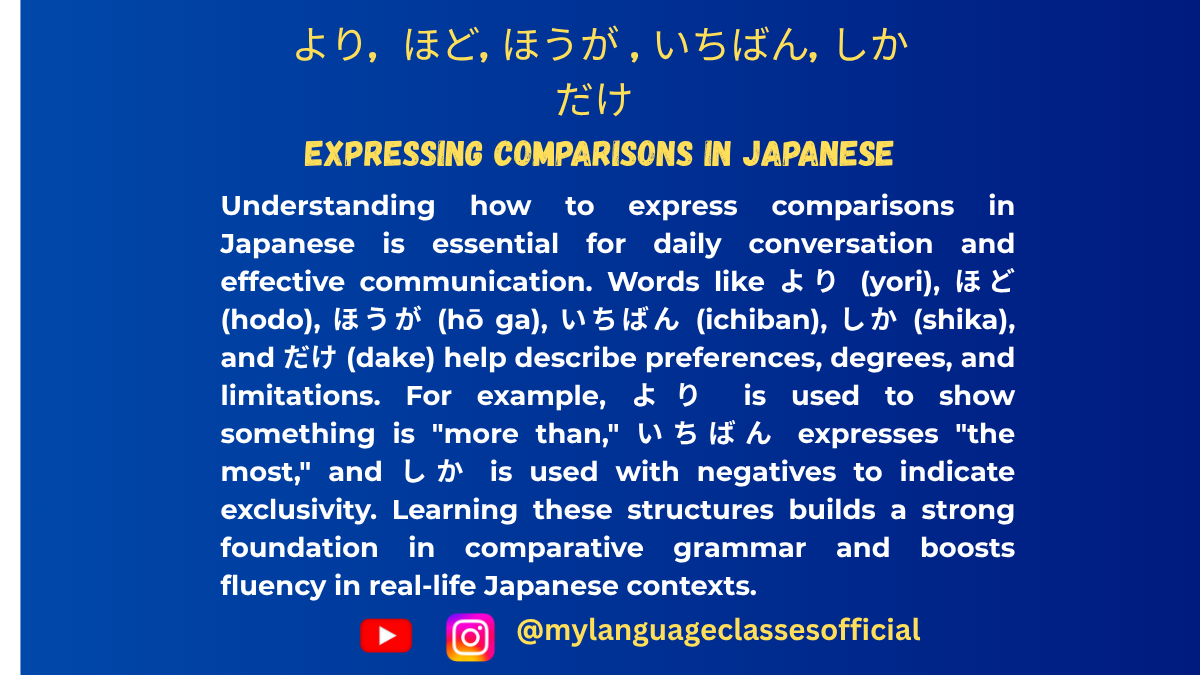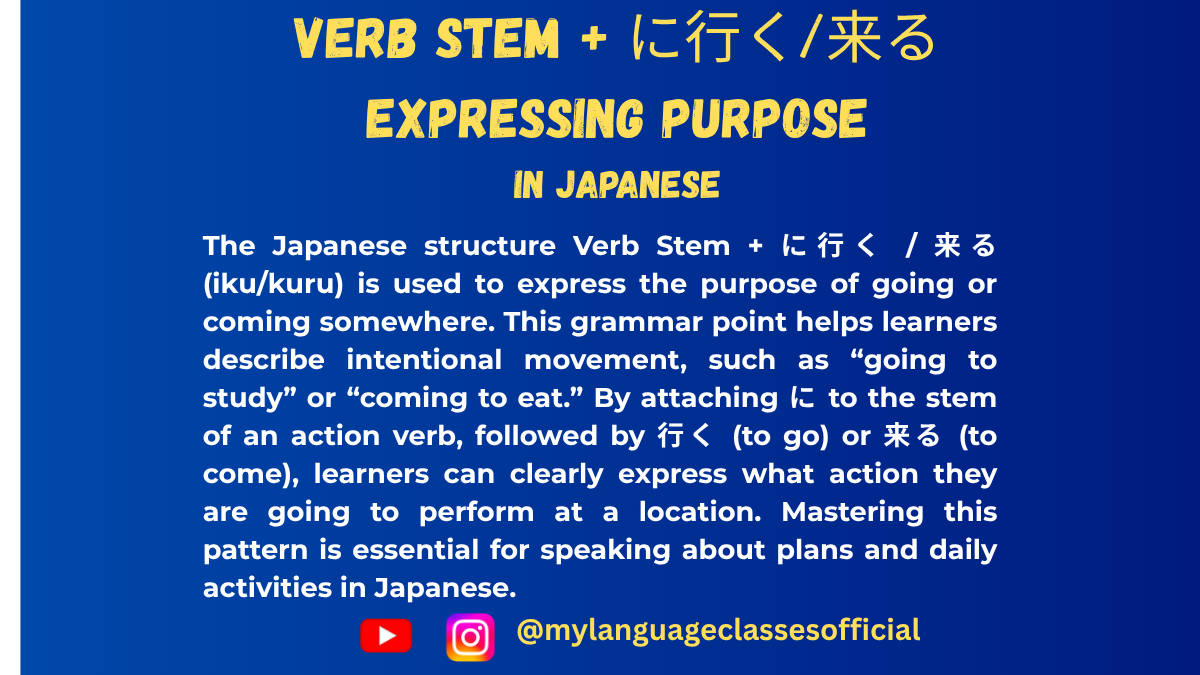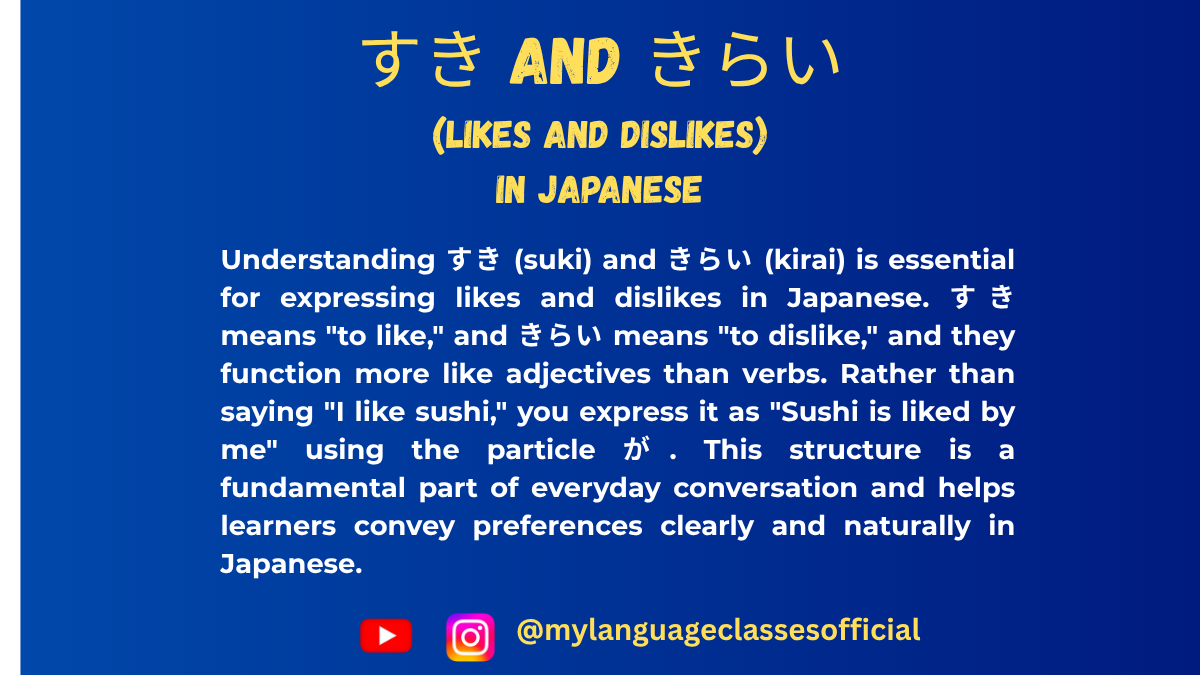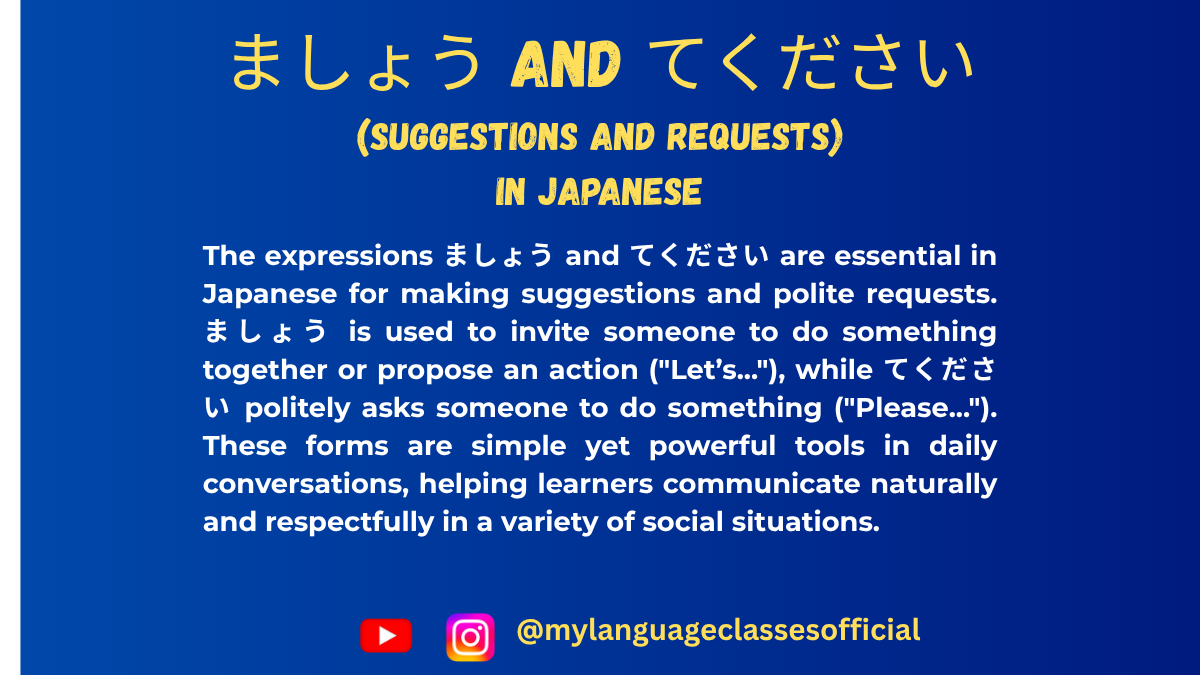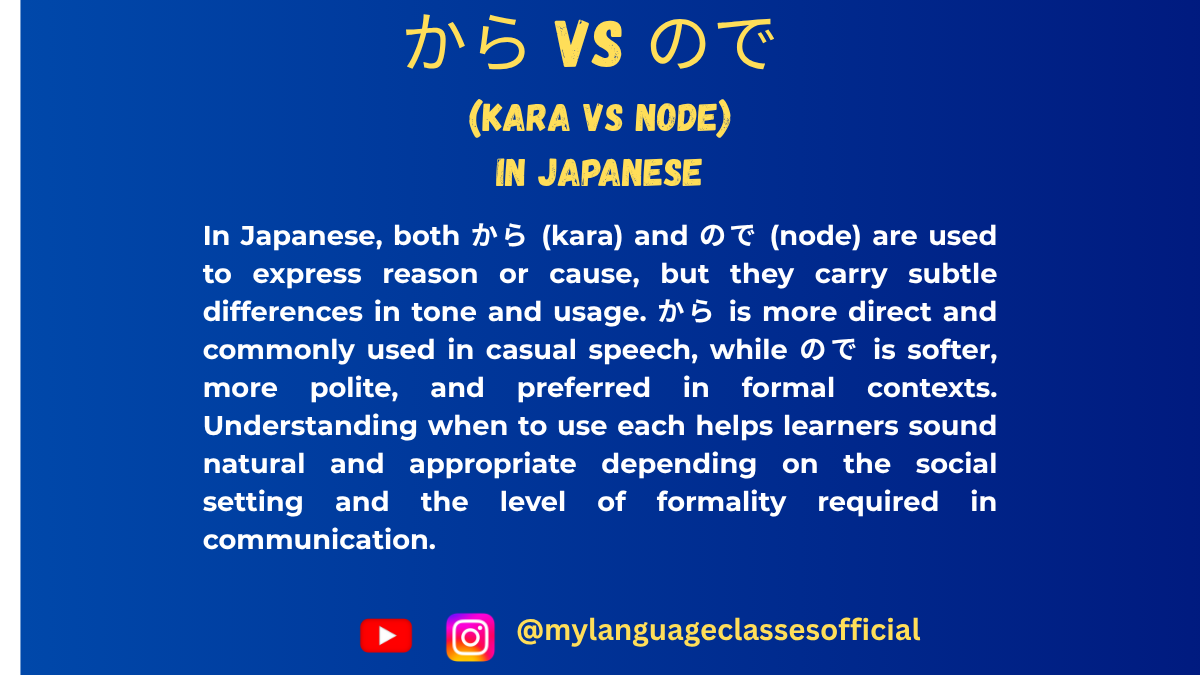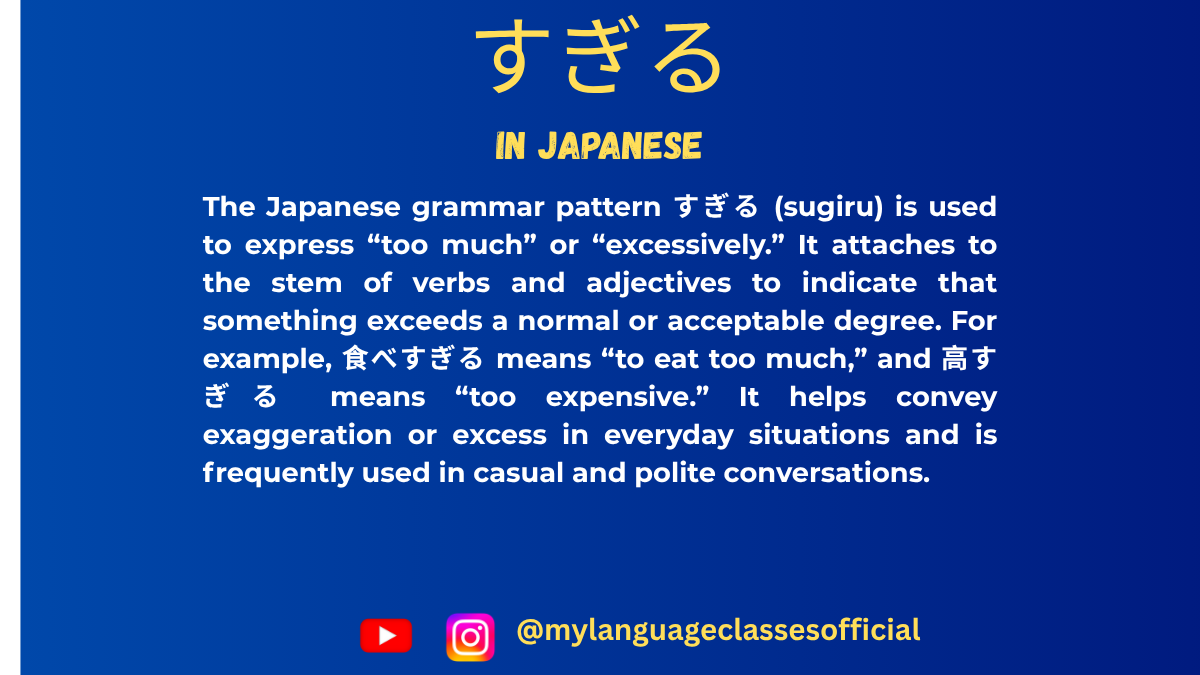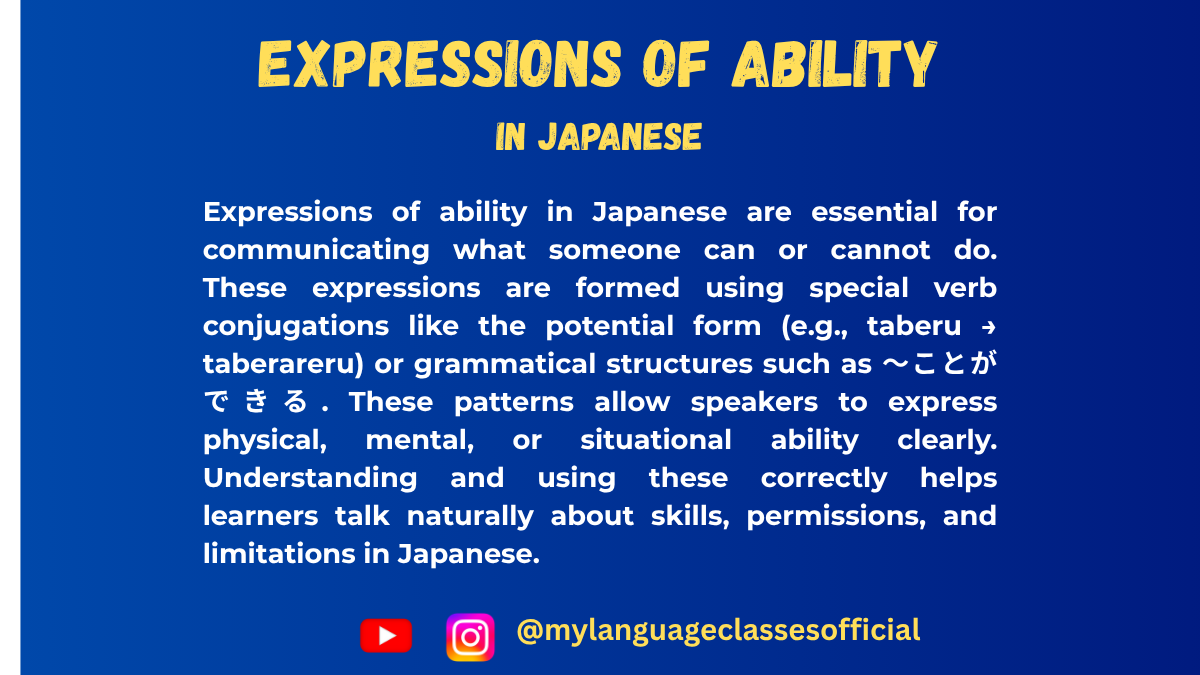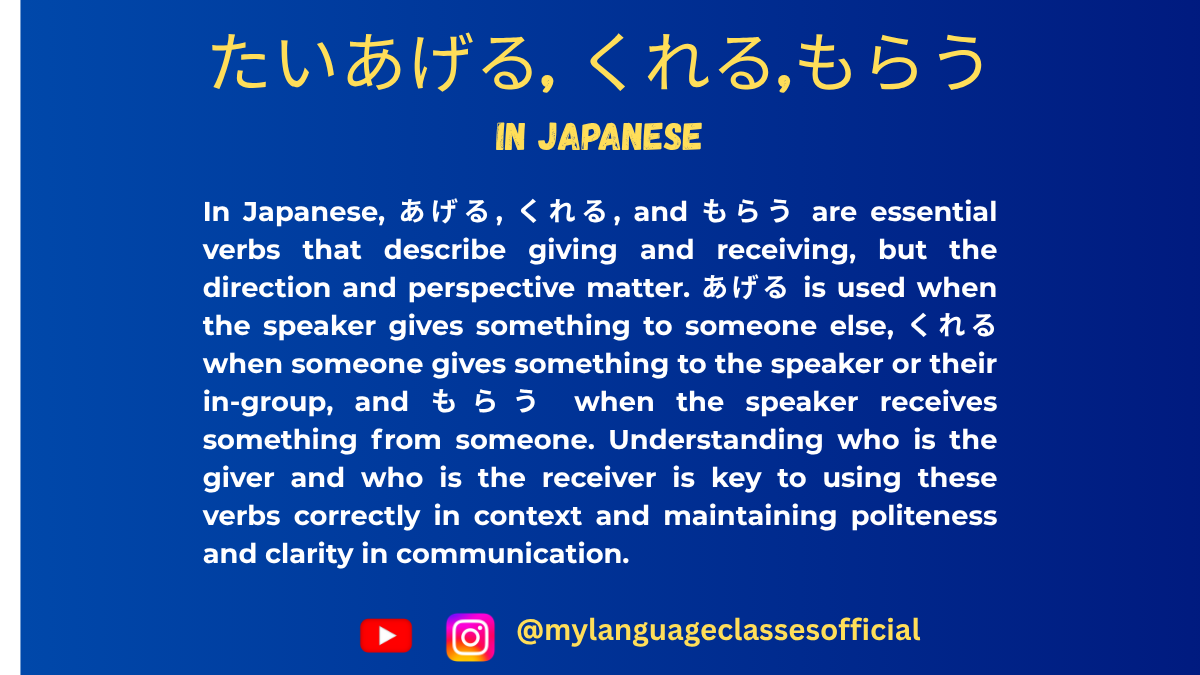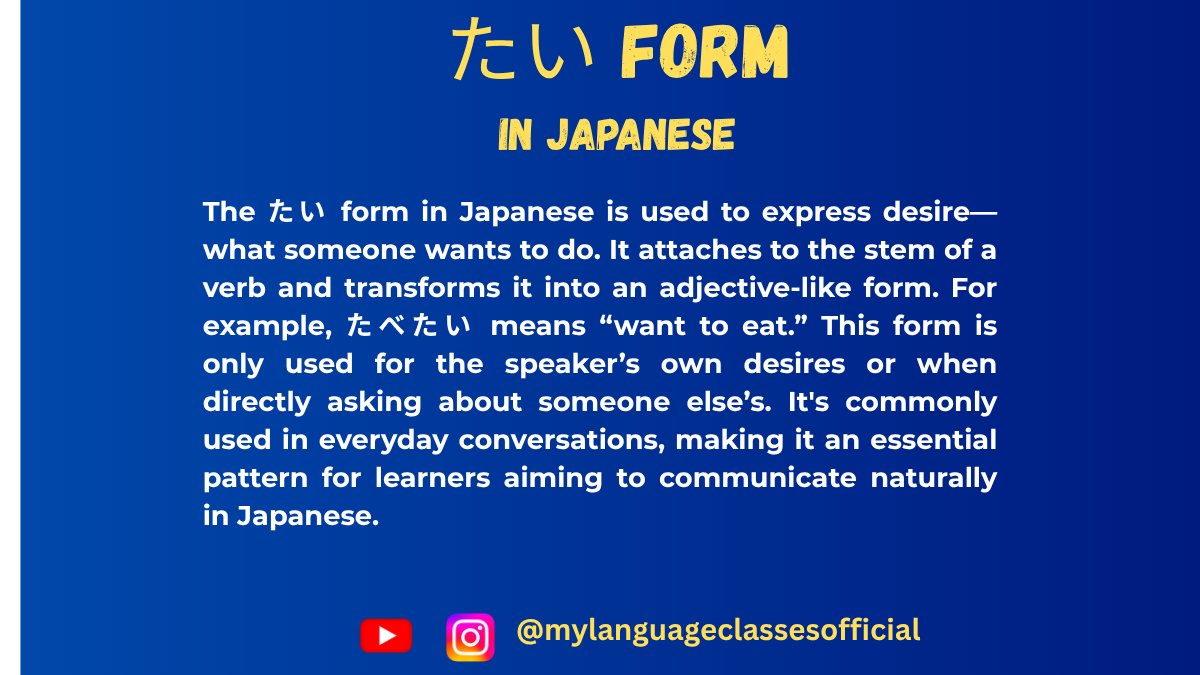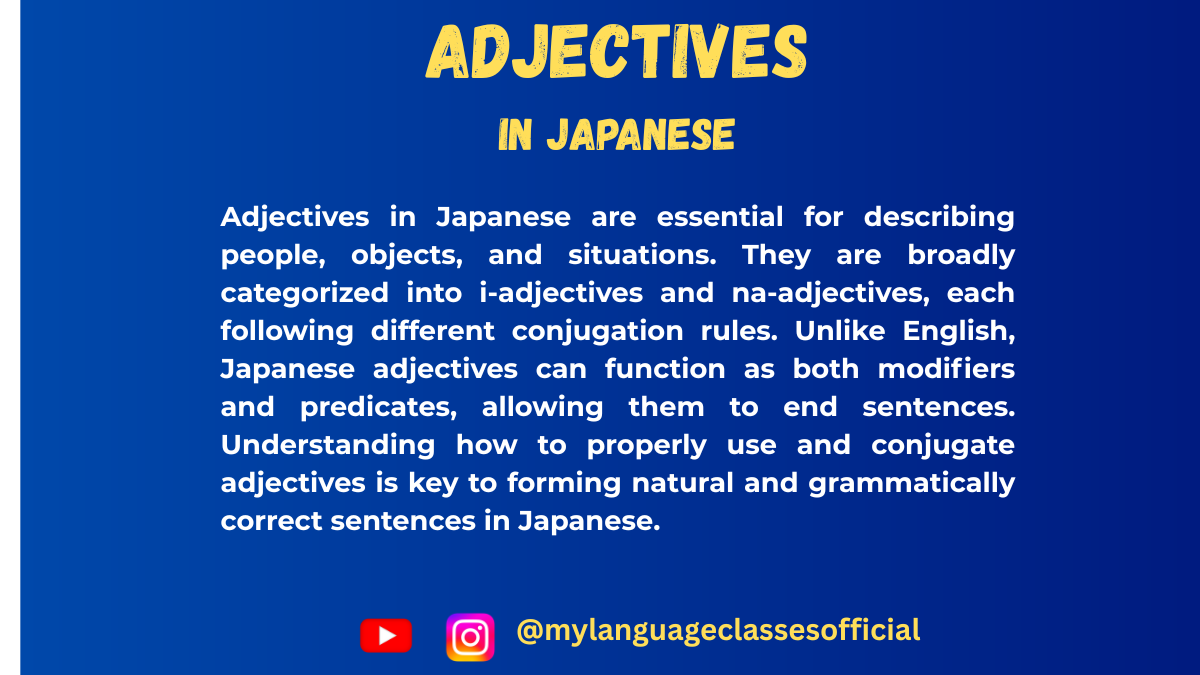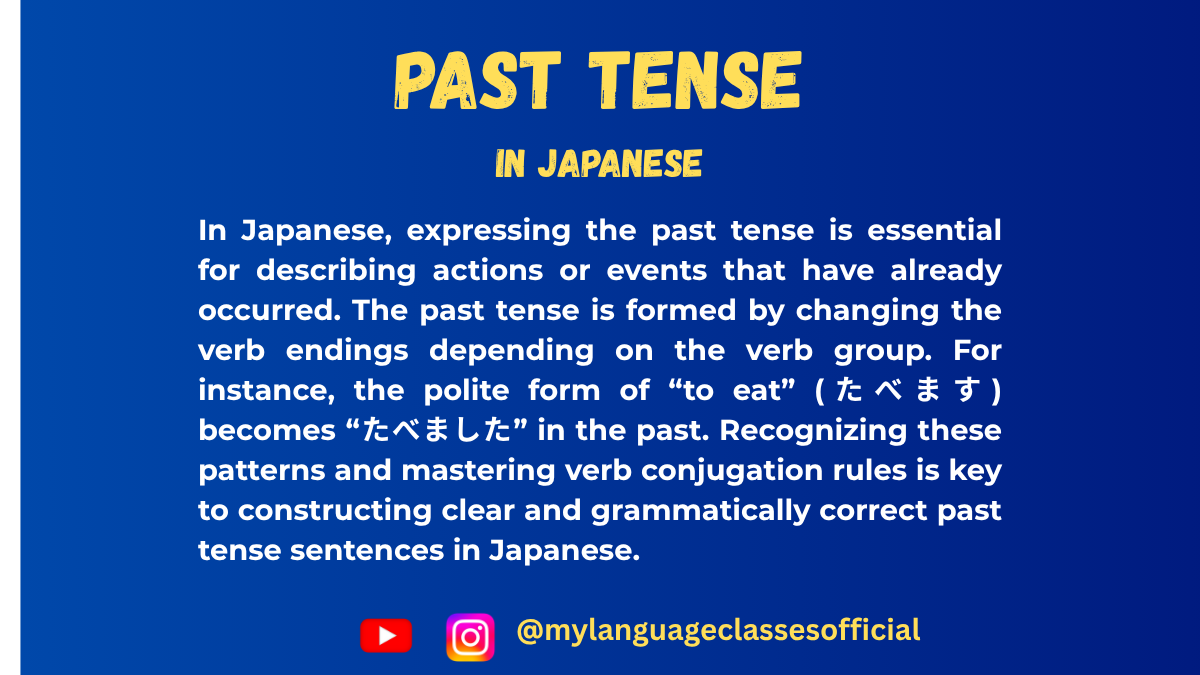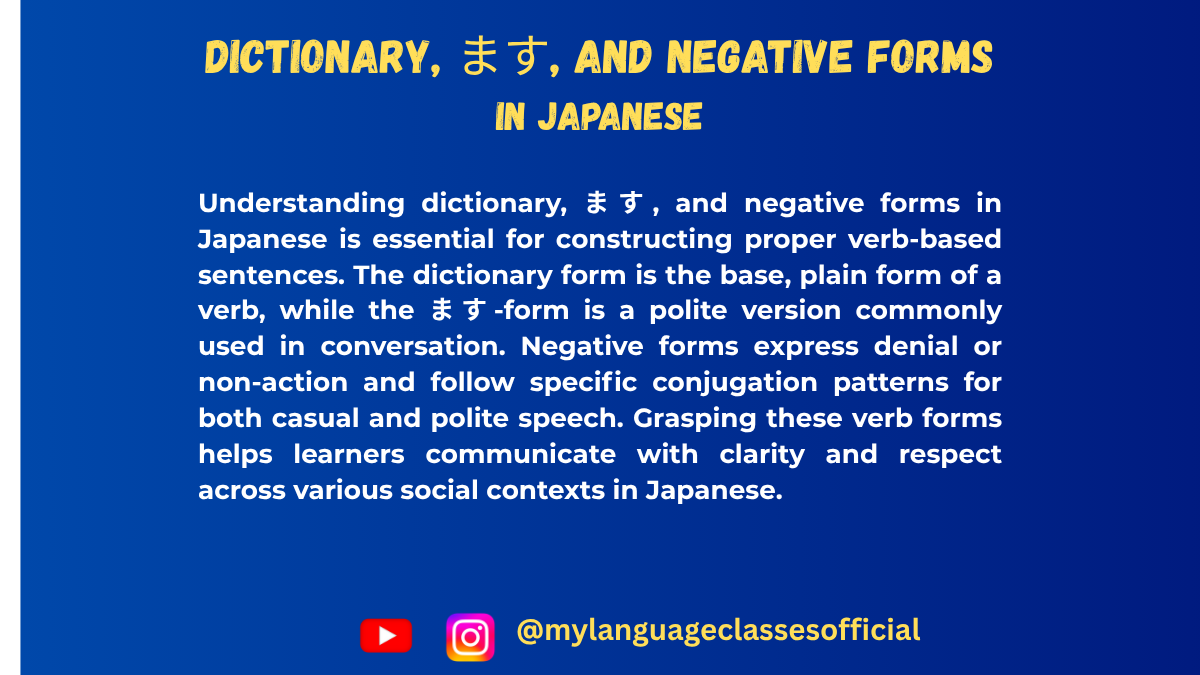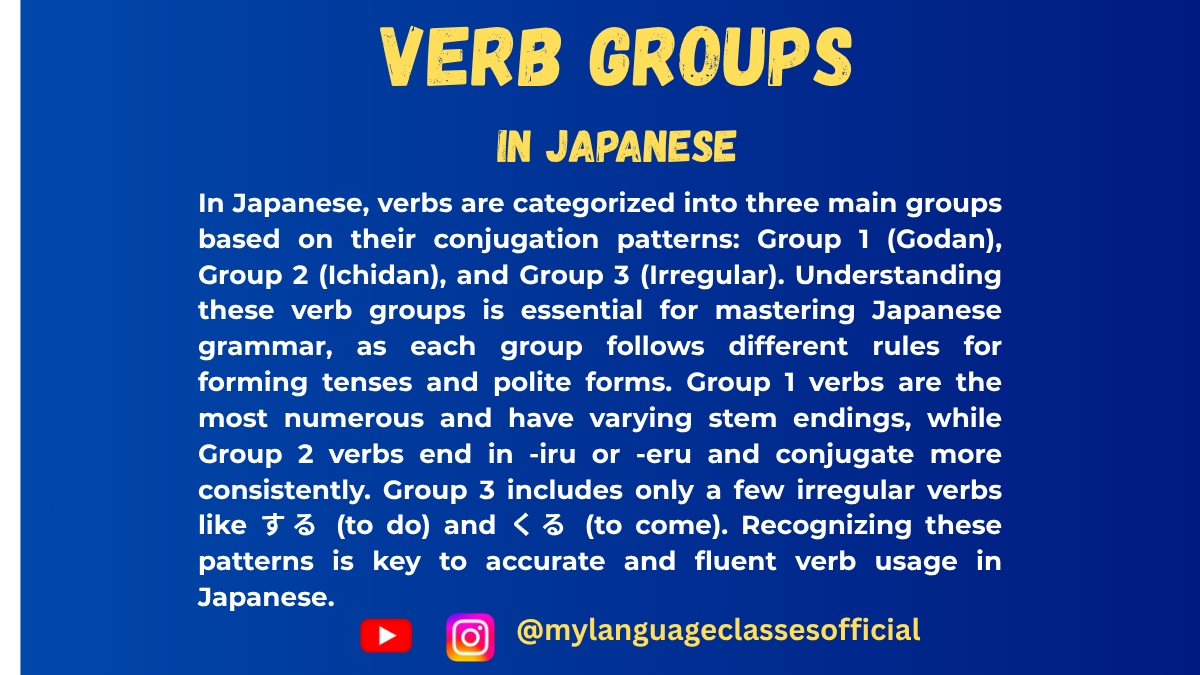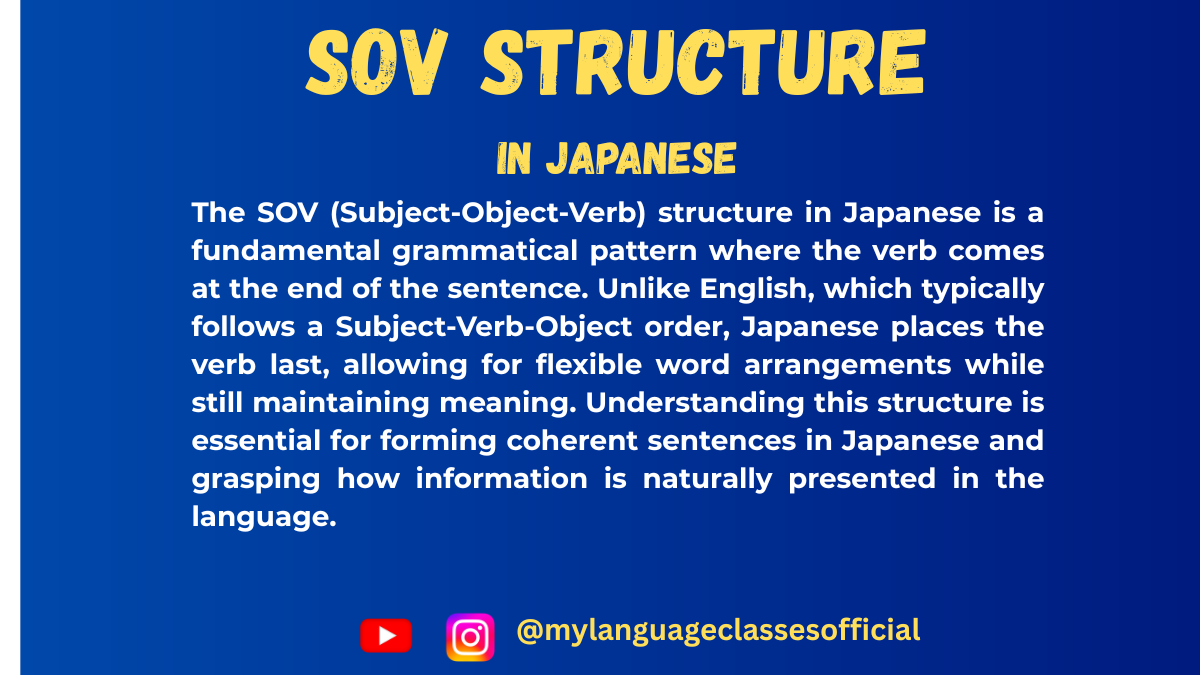Your cart is currently empty!
Category: Japanese Grammar for Beginners
Starting with Japanese Grammar for Beginners gives you the foundation to build confidence in the language. At this level, you learn the basics such as particles, simple verb forms, nouns, and adjectives. Lessons are explained in a clear, step-by-step style so even complete beginners can follow easily. Examples and exercises connect grammar rules to everyday situations, making learning practical.
What You Will Learn in Japanese Grammar for Beginners
This category provides:
Clear grammar explanations written in simple English.
Examples from daily Japanese conversation.
Practice exercises and quizzes to test your progress.
Answer keys to help you check your work.
By studying regularly, you’ll develop the skills to read, write, and speak basic Japanese with confidence.
Why Japanese Grammar for Beginners Is Important
Practicing Japanese Beginner Grammar helps you avoid confusion early on. Without a strong foundation, advanced topics can feel overwhelming. These lessons make grammar simple and prepare you for higher levels of study.
Scroll down to start learning beginner grammar and take your first step toward Japanese fluency.

How to Use 〜ませんか in Japanese
〜ませんか in Japanese: Meaning, Usage, Examples & Exercises
Have you ever wondered how to politely invite someone to do something in Japanese without sounding too direct or rude? Are you searching for natural ways to ask questions like “Shall we … Read more

〜たり〜たりする in Japanese
Understanding 〜たり〜たりする in Real Japanese Conversations
“How do you say ‘I did things like eating and watching TV’ in Japanese?”
“What’s the Japanese grammar for listing multiple actions naturally?”
“How can I say I did something ‘and so on’ in … Read more
〜くて/〜で (Connecting adjectives/verbs) in Japanese
Mastering 〜くて and 〜で in Japanese Grammar
Learning how to connect thoughts smoothly in Japanese can transform your speaking and writing skills. If you’ve ever asked yourself, “How do I join two Japanese sentences naturally?” or “What’s the difference between … Read more

Expressing Intention in Japanese:つもり
How to Show Intention in Japanese
When learning Japanese, understanding how to articulate intentions or plans is crucial. One of the most common and versatile expressions for this purpose is 〜つもり (tsumori). This post explores the usage of 〜つもり, its … Read more

How to Use かもしれない
Expressing Possibility in Japanese: かもしれない
When learning Japanese, understanding how to express possibility or uncertainty is essential for nuanced communication. The phrase かもしれない (かも) is a versatile and frequently used expression in Japanese to indicate that something “might” happen or … Read more

Understanding でしょう and だろう in Japanese Grammar
Probability, Assumption, or Seeking Agreement in Japanese
Have you ever wondered what 〜でしょう and 〜だろう mean in Japanese? Or maybe you’ve asked yourself, “When should I use でしょう instead of だろう?” If you’ve studied Japanese for a while, these … Read more

Time Expressions in Japanese, Days of the Week, Date
Mastering Time Expressions in Japanese
Mastering time expressions in Japanese is essential for effective communication. Whether you’re discussing plans, recounting past events, or simply trying to understand the time, having a grasp of Japanese time vocabulary will make your conversations … Read more

Expressing Frequency in Japanese
How to Talk About Frequency in Japanese
Learning how to express frequency is an essential part of mastering any language. In Japanese, there are various ways to indicate how often something happens, ranging from daily habits to rare occurrences. This … Read more

Expressing Ability in Japanese
How to Express Ability in Japanese
When learning Japanese, expressing ability is an essential skill. Japanese uses specific grammatical structures to indicate whether you can do something. These expressions differ depending on the type of verb, politeness level, and context. … Read more

Mastering Degree Words in Japanese
Mastering Degree Expressions in Japanese
Degree expressions in Japanese are essential tools for describing intensity, extent, or degree of an action or quality. They are commonly used in daily conversation and writing, adding nuance and specificity to your expressions. This … Read more

How to Show Continuity in Japanese
Expressing Continuity or Change of State in Japanese
In Japanese, understanding how to express ongoing actions, states, or transitions is essential for achieving fluency. These expressions allow speakers to describe actions in progress, habitual actions, or states resulting from actions. … Read more

How to Say “Already” and “Not Yet” in Japanese もう and まだ
Expressing “Already” and “Not Yet” in Japanese
When learning Japanese, one of the first challenges is understanding how to express “already” and “not yet.” In English, these concepts are simple, but in Japanese, we rely on two essential words: もう… Read more

Understanding Volitional Form in Japanese
Volitional Form in Japanese
The volitional form in Japanese is a versatile and essential grammatical structure. It’s often used to express intentions, suggestions, or invitations. Think of it as the Japanese equivalent of saying, “Let’s” or “Shall we?” in English.… Read more

How to Express Prohibition in Japanese
Expressing Prohibition in Japanese
If you’re learning Japanese, mastering how to express prohibition (saying what cannot or should not be done) is an essential step toward fluency. Japanese has a rich tapestry of expressions for prohibition, each carrying different nuances … Read more

Understanding Conditional form ~たら in Japanese
Understanding ~たら in Japanese
Learning Japanese grammar often feels like solving a puzzle, where each piece contributes to your fluency. One such critical piece is the ~たら structure, a conditional form that translates roughly to “if” or “when” in English. … Read more

Mastering Comparisons in Japanese より, ほど, ほうが, いちばん, しか, and だけ
Expressing Comparisons in Japanese より, ほど, ほうが, いちばん, しか, and だけ
When learning Japanese, one of the most important concepts is mastering the art of comparisons. Whether you’re talking about how something is “better” or “more” than something else, or … Read more

How to Express Purpose in Japanese Verb Stem + に行く / 来る (iku/kuru)
How to Express Purpose in Japanese: The Structure “Verb Stem + に行く/来る
When learning Japanese, one of the key steps toward fluency is understanding how to express purpose. Today, we’ll focus on a practical and widely used grammatical structure: … Read more

Understanding ある vs いる Japanese Existence Verbs
Japanese Existence Verbs: ある (Aru) vs いる (Iru)
In Japanese, one of the fundamental concepts is the idea of existence, or being. Just like in any language, expressing whether something exists or is present is crucial to communication. … Read more

Expressing Likes and Dislikes すき and きらい in Japanese
Likes and Dislikes in Japanese
こんにちは!(Konnichiwa!)
Learning how to express preferences is one of the most useful and fun parts of mastering Japanese. Today, let’s dive into two essential words: 好き (すき) for “like” and 嫌い (きらい) for “dislike.” Not … Read more
Making Suggestions and Polite Requests ましょう and てください in Japanese
Mastering Polite Suggestions and Requests in Japanese
If you’re learning Japanese, understanding how to make polite suggestions and requests is a key part of effective communication. Whether you’re planning activities with friends or politely asking for help, two common expressions—… Read more

Because in Japanese: How to Use から (kara) vs. ので (node) with Examples and Rules
Two Ways of Saying Because in Japanese
Have you ever wondered how to say “because” in Japanese? If you’re learning Japanese, chances are you’ve already noticed that expressing reasons is a big part … Read more

How to Use すぎる in Japanese
How to Use すぎる in Japanese: Meaning, Rules, and Examples
Have you ever wanted to say something was “too hot,” “too fast,” or “too difficult” in Japanese?
If you’ve struggled to express “too much” of anything while speaking Japanese, the … Read more
How to Tell Time in Japanese
How to Ask and Tell Time in Japanese
こんにちは!(Konnichiwa!) If you’ve ever wondered how to ask or tell time in Japanese, you’ve come to the right place! Mastering time expressions is essential for everyday conversations, making plans, or simply understanding … Read more

Understanding Ability in Japanese
Mastering the Expressions of Ability in Japanese
When learning Japanese, expressing ability—your capacity to “do” something—is a crucial skill. In this post, we’ll delve into one of the most common ways to express “can” in Japanese: using ことができる (koto ga … Read more

Mastering あげる, くれる, もらう in Japanese
Mastering あげる, くれる, and もらう in Japanese
In Japanese, verbs of giving and receiving are key to navigating interpersonal relationships and expressing social dynamics. These verbs—あげる (ageru), くれる (kureru), and もらう (morau)—carry not only their literal … Read more

How to Use たい Form in Japanese
Mastering the Japanese たい Form: A Comprehensive Guide
When learning Japanese, expressing what you want to do is an exciting milestone. The たい form is a versatile and commonly used grammar pattern that helps convey your desires and preferences. Whether … Read more

Mastering Question Words in Japanese
Mastering Japanese Question Words
When learning Japanese, understanding how to ask questions is essential to communication. Whether you’re inquiring about someone’s day or seeking directions in Tokyo, mastering question forms will significantly enhance your confidence. In this blog post, we’ll … Read more

Mastering the Te-Form in Japanese
Mastering the Japanese Te-Form: A Comprehensive Guide
If you’re learning Japanese, one of the most versatile and essential verb forms to master is the te-form. It’s a grammatical powerhouse, allowing you to connect actions, form requests, give commands, and … Read more

Polite Forms in Japanese ます and ません
Mastering Polite Forms in Japanese:ます/ません
Politeness is a core aspect of the Japanese language, and the ます/ません forms are fundamental tools for expressing yourself respectfully. These polite forms are used to conjugate verbs in both affirmative and negative forms. To … Read more

Past Tense in Japanese
Mastering Japanese Past Tense
If you’re learning Japanese, understanding how to express actions in the past is essential for communication. Japanese verbs are logically structured, and once you master their conjugations, you’ll be ready to share stories, describe events, and … Read more

Japanese Verb Conjugation for Beginners: Dictionary, ます, and Negative Forms Explained
Japanese Verb Conjugation: Dictionary, ます, and ません form
When learning Japanese, verbs are a foundational aspect of the language, and understanding how to conjugate them correctly is crucial. In this blog post, we’ll explore how to express the present/future tense… Read more

Japanese Verb Groups Explained: Godan, Ichidan and Irregular Verbs for Beginners
Understanding Japanese Verb Groups: A Beginner’s Guide
Learning how to categorize Japanese verbs is one of the first steps to mastering the language. Verbs are divided into three groups based on their conjugation patterns, making their usage systematic. Let’s explore … Read more

How to Use Japanese Particles with Examples
Mastering Japanese Particles: A Beginner’s Guide
Japanese particles are the unsung heroes of the language. These small but powerful markers define relationships between words in a sentence and are vital for understanding and constructing meaningful sentences. If you’re a Japanese … Read more

Japanese Sentence Structure (SOV): (Rules, Examples, and Exercises)
Understanding Japanese SOV Structure
Have you ever wondered, “How do Japanese sentences work?” or “Why do Japanese words seem out of order compared to English?” If you’ve asked questions like these, … Read more



